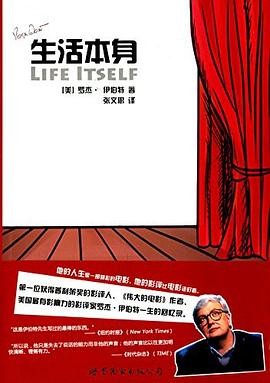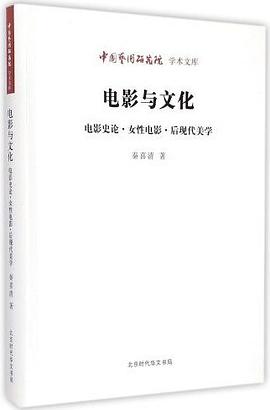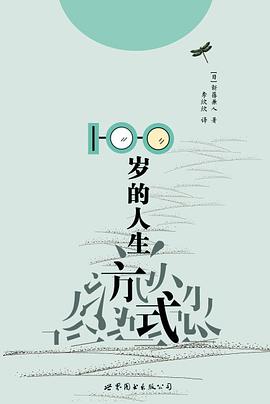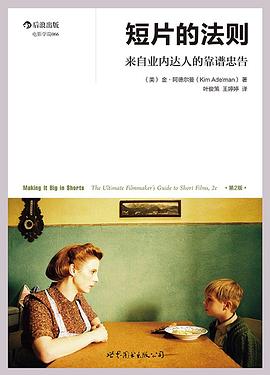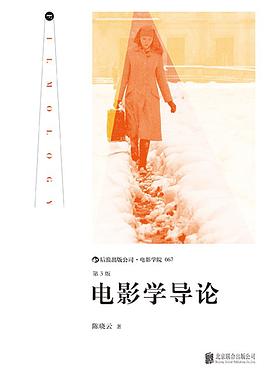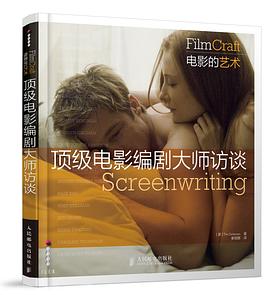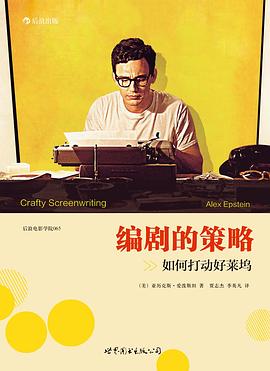
Part I. Resonance
1. Fiery Action: Toward an Aesthetics of New Heroism
2. A Culture of Resonance: Hypnotism, Wireless Cinema, and the Invention of Intermedial Spectatorship
Part II. Transparency
3. Dances of Fire: Mediating Affective Immediacy
4. Transparent Shanghai: Cinema, Architecture, and a Left-Wing Culture of Glass
Part III. Agitation
5. “A Vibrating Art in the Air”: The Infinite Cinema and the Media Ensemble of Propaganda
6. Baptism by Fire: Atmospheric War, Agitation, and a Tale of Three Cities
Acknowledgments
Notes
Filmography
Index
· · · · · · (收起)
具体描述
What was cinema in modern China? It was, this book tells us, a dynamic entity, not strictly tied to one media technology, one mode of operation, or one system of aesthetic code. It was, in Weihong Bao’s term, an affective medium, a distinct notion of the medium as mediating environment with the power to stir passions, frame perception, and mold experience. In Fiery Cinema, Bao traces the permutations of this affective medium from the early through the mid-twentieth century, exploring its role in aesthetics, politics, and social institutions.
Mapping the changing identity of cinema in China in relation to Republican-era print media, theatrical performance, radio broadcasting, television, and architecture, Bao has created an archaeology of Chinese media culture. Within this context, she grounds the question of spectatorial affect and media technology in China’s experience of mechanized warfare, colonial modernity, and the shaping of the public into consumers, national citizens, and a revolutionary collective subject. Carrying on a close conversation with transnational media theory and history, she teases out the tension and affinity between vernacular, political modernist, and propagandistic articulations of mass culture in China’s varied participation in modernity.
Fiery Cinema advances a radical rethinking of affect and medium as a key insight into the relationship of cinema to the public sphere and the making of the masses. By centering media politics in her inquiry of the forgotten future of cinema, Bao makes a major intervention into the theory and history of media.
用户评价
##slightly overrated? 除了glass architecture眼前一亮以外,其他都像是把media theory的framework套在电影上
评分##It traces the permutations of the affective medium to rethink cinema connected to the artificial production of affect central 4 the consolidation of media institutions and the formation of mass publics. 3 dispotifs: resonance (火烧片+tech), transparency (玻璃建筑) and agitation(说教片作为utopian media infrastructure,三城记)。Hypnotism-telepathy-tele-vsion部分神。
评分##A very solid study
评分##"Left-wing culture of glass"
评分##It traces the permutations of the affective medium to rethink cinema connected to the artificial production of affect central 4 the consolidation of media institutions and the formation of mass publics. 3 dispotifs: resonance (火烧片+tech), transparency (玻璃建筑) and agitation(说教片作为utopian media infrastructure,三城记)。Hypnotism-telepathy-tele-vsion部分神。
评分##slightly overrated? 除了glass architecture眼前一亮以外,其他都像是把media theory的framework套在电影上
评分##英文水平不足以让我看懂他的深邃思想。
评分##英语一般
评分##英文水平不足以让我看懂他的深邃思想。
相关图书
本站所有内容均为互联网搜索引擎提供的公开搜索信息,本站不存储任何数据与内容,任何内容与数据均与本站无关,如有需要请联系相关搜索引擎包括但不限于百度,google,bing,sogou 等
© 2025 book.qciss.net All Rights Reserved. 图书大百科 版权所有




